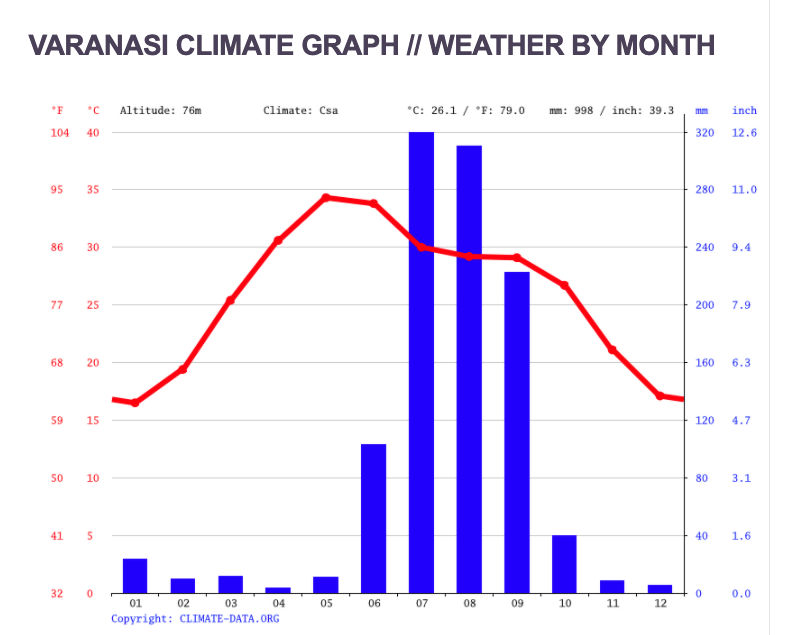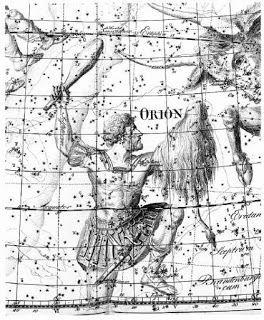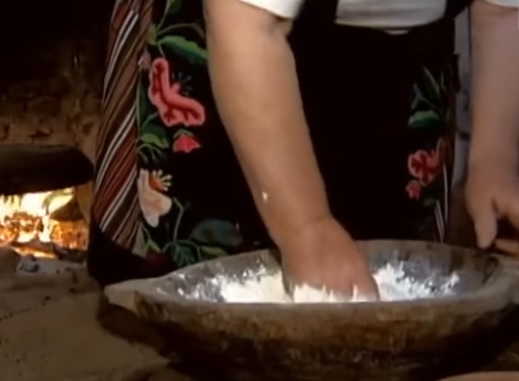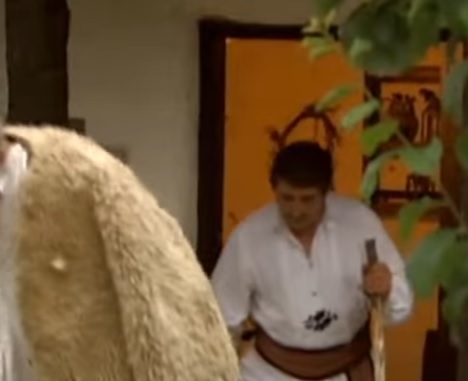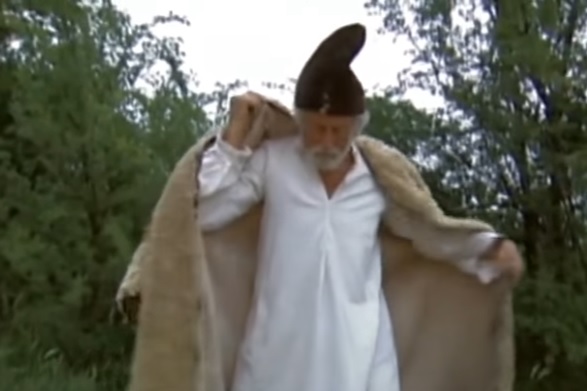
Thread: This is going to be a longish thread, so I hope you are sitting comfortably...In this thread I would like to talk about Ganesha, the god with an elephant head and one of the most revered Indian deities...The full article can be found here: oldeuropeanculture.blogspot.com/2020/11/ganesh… 
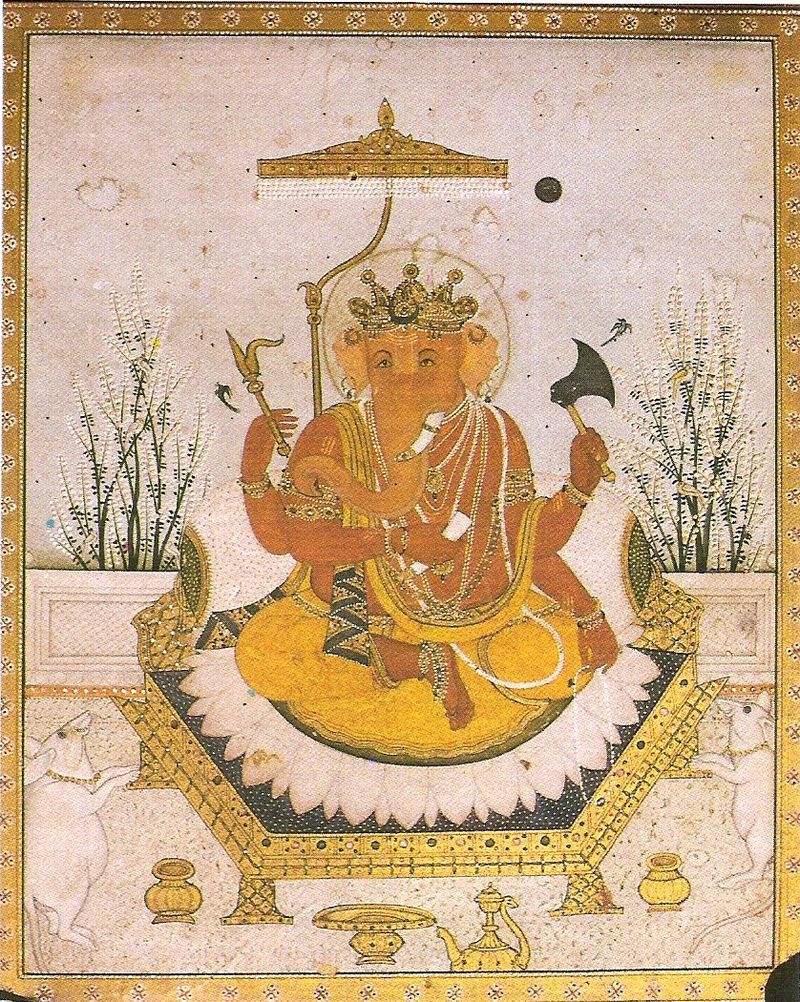
Ganesha is popularly thought to be the son of Shiva and Parvati, but there are myths in which he is created by Shiva, by Parvati, by Shiva and Parvati, or in some other manner and is later discovered by Shiva and Parvati...
So what does this story actually mean?
Goddess Parvati derives her name from Parvata (पर्वत), one of the Sanskrit words for "mountain". She is the daughter of king Himavan (also called Himavat, Parvat), the god of the Himalayas and the personification of the Himalayas range...
Goddess Parvati derives her name from Parvata (पर्वत), one of the Sanskrit words for "mountain". She is the daughter of king Himavan (also called Himavat, Parvat), the god of the Himalayas and the personification of the Himalayas range...
So Parvati created Ganesha from turmeric to guard her bath and stop anyone from coming in...Now interestingly, turmeric is planted "right after the first monsoon showers" and in a way is the symbol of the beginning of the monsoon season... 

The monsoon season peaks at the end of Jul beginning of Aug. Right at point when summer (symbolised by a bull, Shiva's vahana) meats autumn (symbolised by a lion, Parvati's vahana)...This union is symbolised by "Ardhanarishvara". More in: oldeuropeanculture.blogspot.com/2020/11/ardhan… 

So Shiva who was "in meditation" wakes up (at the beginning of summer, end of Apr beginning of May, in Taurus) and goes on to "see" his wife...But he is stopped by the "strange boy made of turmeric" (beginning of monsoon)...
He tries to argue with the boy, but is getting more and more hot and bothered (temperature peaks towards the end of summer). Finally he blows up and kills the boy. At that moment Parvati is in the bath (monsoon in full swing)...
She comes out totally pissed off and starts yelling at Shiva who knows that he has screwed it up and will not get to "meet" Parvati unless he fixes the shit he has made pronto...
So he sends his goons to get another head for the boy and they bring back an elephant head...Abrakadabra...Elephant boy...
By the way, the fight between Parvati and Shiva happens in the middle of Parvati's bath, in the middle of monsoon, at its peak, and of Jul beginning of Sep. At the peak of the Indian elephant mating season...Which overlaps with the monsoon season...oldeuropeanculture.blogspot.com/2020/02/musth.… 

Coincidence? I don't think so...This next Ganesha creation story simply states that he was born by Parvati... 

It is interesting as it says that Parvati's son's head "went up in flames"...I believe that this is the description of what happens to nature, which Parvati gives birth to, during the last few scorching hot days before the arrival of the monsoon...
This is the time of drought, the time of fires. The nature dies...But then the elephant musth starts and the rain arrives and the nature is revived...This time with an elephant head...
But why do both of these stories state that "the elephant was lying with his head pointing north"? Well I believe that this has to do with the direction of the monsoon winds...They blow northward during the rain season... 

Do elephants face away from the prevailing winds, basically facing the same direction as the wind blows? Or is this just a symbol for "when the rain winds blow and elephants mate"? Either way it's all there, in plain sight...
This next version of the Ganesha creation story links it directly with the elephant matins season, which starts in June and lasts until September. Basically covering the whole monsoon season: 

I fully believe that ancient Indians directly linked elephant Musth (mating season) with the arrival of rains. Which is why the Thunder god Indra "rides" on Airavata, a white elephant which is also called "Abhra-Matanga" meaning "elephant of the clouds". 
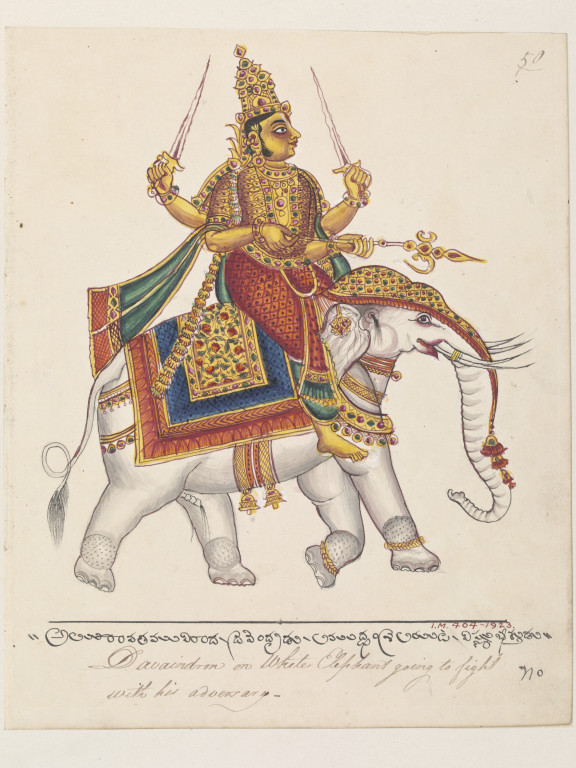
And which is why Ganesha, the elephant god, is the product of the union of Shiva and Parvati. Shiva "rides" on a white bull (symbol of summer, May-Jul). Parvati "rides" on a lion (symbol of Autumn, Aug-Nov).
Their union, meeting place, is the moment when summer meets autumn, end of Jul, beginning of Aug, the peak of the monsoon...Also the peak of the Elephant Musth...Hence the elephant boy...
By the way, this is why this story makes perfect sense. Ganesha only exists because of and within Shiva and Parvati (Summer and Autumn, Monsoon)... 

Several other versions of the Ganesha creation myth involve Parvati creating Ganesha "after her bath". 

Like in all areas with a monsoon driven climate, it is the annual monsoon rain which creates the annual floods which rejuvenate and replenish the alluvial soil with nutrients and prepare it for another agricultural season...
You can see that the Ganges river level peaks right at the time when Shiva (summer, bull) meets Parvati (autumn, lion), at the peak of the elephant mating season. 

Is this why Ganesha is revived by the water of the river Ganges? After all it is Parvati "the mountain that gives birth to the monsoon. And it is the monsoon that gives birth to the holy river Ganges...
And it is the silt rich waters of the holy river Ganges which create abundant harvests in the Ganges catchment area...
There is a very interesting festival called Ganesh Chaturhi. This festival celebrates Ganesh's arrival from his mother's place (Himalayas). It takes place in late August, early September...
It is a 10 days festival during which a clay statue of Ganesha are installed in people's homes, worshiped, and then submerged into rivers to dissolve in river water... 

There are two explanations for the practice of immersion. It is said that Ganesha is immersed in order to send him back home to Mount Kailash. It is also said that the process of immersion is considered a proper way of disposing of the deity or rather a way of its safekeeping...
This is very interesting as this "disposing of deity" coincides with the peak of the monsoon and the peak of the musth, the mating season of the Indian elephants...It also coincides with the peak of the flood sediment deposition...
Sediment deposition which makes the land fertile...And so it is the literally the "dirt scrubbed away from Parvati's skin" and "Partvati's bath water" which create Ganesha, the god of abundance...And harvest...
You did know that Ganesha was explicitly connected to the grain harvest? To the point where he is considered to be an old harvest god?
One of Ganesha names is "suprakarna". Supra means winnowing basket. Another one of his names is "benappu" meaning "the last sheaf harvested from a field". His customary yellow color is believed to be derived from the color of the ripe grains... jstor.org/stable/1178368… 

And who is the biggest enemy of the grain farmers? Mice and rats who can devastate the granaries. So in order to have a bountiful harvest, people need to destroy mice, rats. Which is why it is believed that Ganesha, the god of bountiful harvest, rides on (subdues) a mouse, rat... 

Rats were sacrificed to Rudra and his sister Ambika. Rudra later was associated (became) Shiva and Ambika was associated (became) Parvati, whose son is rat riding (subduing) Ganesha...
Interestingly, after the clay statue of Ganesha is dissolved in the river during Ganesh Chaturhi festival, a bit of clay is brought back home and ceremoniously thrown into the granary. It is believed that it would protect the grain from rats...
In Ratnagiri district 🙂 they have a special rat festival during which both Ganesha and a rat a worshiped. The food offerings placed before the rat are taken to the grain fields the next day and are crumbled among the grains to appease the rodents so they don't eat the grains...
In India, people see rats most often from April to June. This is basically during the wheat harvest, just before the beginning of the elephant musth (mating season) which starts in June and which announces the beginning of the monsoon.
Elephant arrives on (comes after) a rat...
Elephant arrives on (comes after) a rat...
The second best time of the year to see field rats in India is October to November, the monsoon, which coincides with elephant mating season (June to September) has ended, and when the rice harvest begins...
Rat - Elephant - Rat...Elephant riding on a rat...
Rat - Elephant - Rat...Elephant riding on a rat...
Guess what is the first thing that people do when the elephant musth (monsoon) starts? They plant rice (May-Jul). And guess when the rice is harvested? After the end of musth (monsoon), (Sep-Dec).
What is the only thing that can make insatiable Ganesha full? A bowl of rice...
What is the only thing that can make insatiable Ganesha full? A bowl of rice...
Oh and guess who is one of the biggest enemies of the field mice and rats in India? Cobra. Which is why Ganesha "wears cobra around his neck or around his fat belly, which is the symbol of bountiful harvest, oh holds it in his hand or..." 
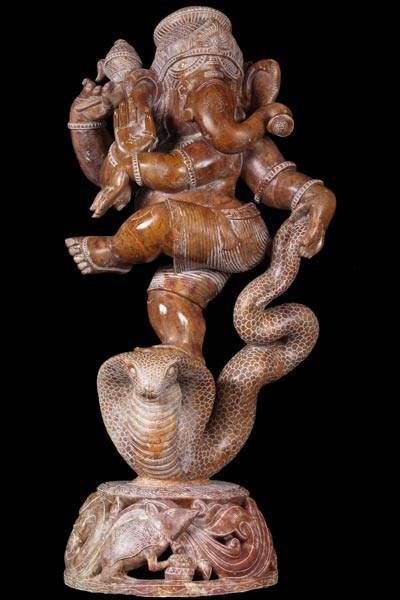
Ganesha is Shiva. Shiva "wearing elephant skin".
This basically spelled out to us in the first, most famous Ganesha creation story: "The Shiva-dutas soon returned with the head of a strong and powerful elephant Gajasura which Lord Brahma placed onto boy's body"...
This basically spelled out to us in the first, most famous Ganesha creation story: "The Shiva-dutas soon returned with the head of a strong and powerful elephant Gajasura which Lord Brahma placed onto boy's body"...
Who the hell is Gajasura? Well he is the demon Rakshasa who assumed the form of an elephant and terrorized Brahmins who were worshipping the Shiva linga. Shiva emerged from this linga, slew the demon, and removed the elephant skin, thereafter wearing the hide on his upper body...
Since then Shiva became known as Gajasurasamhara (lit. "The Slayer of the elephant demon"), also Gajasamhara, Gajantaka and Gajaha (all three lit. "the Slayer of the elephant") and Matangari ("The Enemy of the elephant")...
So here we can see that Shiva literally wears elephant skin. His slaying of the elephant demon just depicts the anthropomorphisation of the original elephant worship...
So, Shiva, "who was inside Gajasura", basically "who was Gajasura" gets to wear Gajasura's skin while his son, Ganesha, gets to wear Gajasura's head...Together Shiva and Ganesha are Gajasura... 

Oh and by the way, the depictions of Shiva dancing triumphantly after slaying Gajasura, show him "holding one of Gajasura's tusks in one of his hands"...For those wondering: "How did Ganesha loose one of his tusks???"
Another very interesting part of the above story is the very first sentence: "Once, there existed an Asura (demon) with all the characteristics of an elephant, called Gajasura, who was undergoing a penitence (tapas)"...
Tapas is a variety of austere spiritual practices in Indian religions. Basically it's asceticism, inner cleansing...The word "Tapas" which means "warmth, heat, fire", is based on the root Tap (तप्) meaning "to heat, to give out warmth, to shine, to burn"...
The term evolves to also mean "to suffer, to mortify the body, undergo penance" in order to "burn away past karma" and liberate oneself...
But I believe that originally it just meant to suffer (from heat, thirst and hunger) during the last few scorching hot months before the grain harvest (Apr-May) and before the monsoon returns (May-Jun)...
This is the "Tapas" endured by Gajasura before "Shiva started dancing in his belly"...Before the monsoon returned and the elephant Musth started...
Now if penance (suffering, no food, no water, to procreation) is what brings people to heaven, then lots of food, lots of water, lots of procreation is what stops them from going to heaven...What keeps people alive, satiated and happy...And definitely keeps them out of heaven...
Tapas "warmth, heat, fire" causes drought which causes nature to wither, which causes suffering which cause causes lots of people to die from suffering which causes lots of people to go to heaven (whether they want it or not)...
On the other hand, the mad humping Elephant of rain causes monsoon, which causes nature to flourish, which causes wells to swell and crops to grow, people to procreate and get born and "puts a lot of obstacles in the path of humans seeking to enter heaven through penance"...
Thank Shiva and Parvati...Oh and Ganesha, the "remover of obstacles"???
That's it for today...Good night :)
• • •
Missing some Tweet in this thread? You can try to
force a refresh


